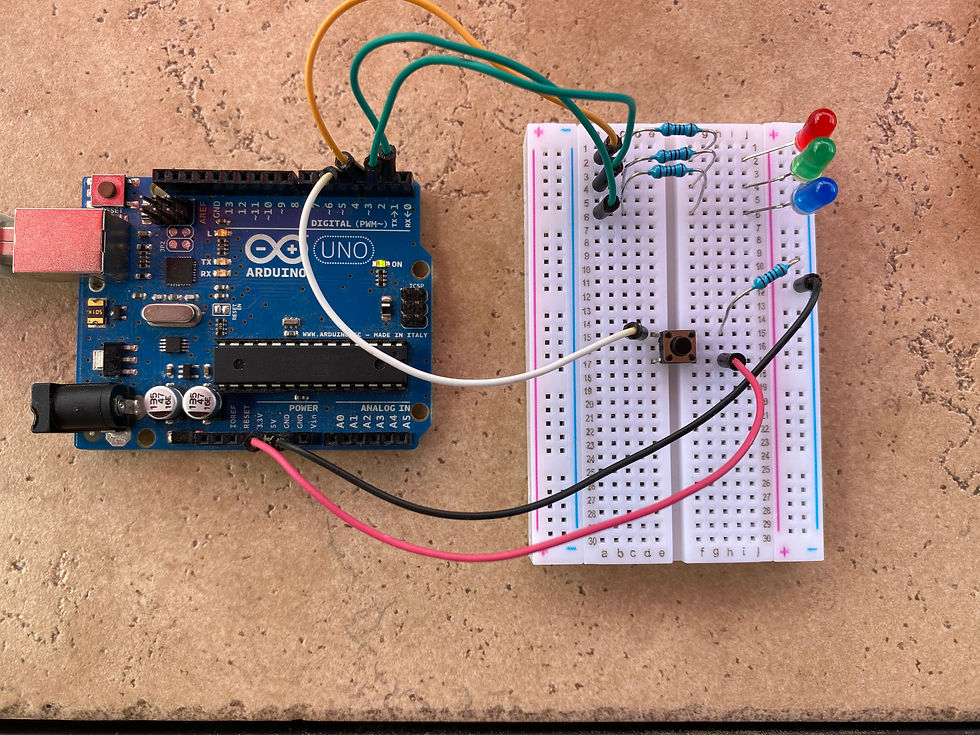An In-Depth Look into Wireless Charging
- Christopher McKinney

- Apr 13, 2020
- 2 min read
Updated: Apr 22, 2020
For my very first blog post I thought it would be appropriate to focus on a device that is upcoming in the technology industry and growing in popularity, yet very few people know how it works:
Wireless Charging.
The theory behind wireless charging goes all the way to Nikola Tesla with his invention of the "Tesla Coil" and the formation of a concept called "induction." Induction is, to put simply, a way to convert electrical current into magnetic fields and vise versa. Every wire that has current running through it, such as an electrical cord, has a magnetic field surrounding it. However, when these wires are coiled in a tightly bound loop as you would find in wireless chargers, the current is able to form a much stronger magnetic field running through the coiled wire.
Now for something to take the energy from that magnetic field and turn it into a current, it would also need to have a coil of wire. This is why in all of the new phones that support wireless charging have these coils of wire on the inside of them. The magnetic field that produced by the charger is received by the coil in the phone and then turned into electricity that the phone can charge its own battery off of.
Now some of you readers may be thinking, "So if our phone has a wired coil and battery, then would it be possible to charge other devices with our phones." That assumption is completely correct and many companies, such as Samsung with their phone the "Galaxy S10" support a feature known as power sharing. This allows for phones with this capability to share power between each other without using any type of cable and instead using induction! However, this is currently not a supported feature with any of the iPhone products and as of right now, they only support wireless charging, not wireless sharing.
This technology is quite far from hitting its full potential. Currently, there are many different companies designing ways to expand this technology. On the channel Linus Tech Tips, they feature a device that screws into a light bulb fixture and is able to wirelessly charge various items in a room from meters away. I will provide the link to the video because it is a very cool application of wireless charging but I will also give the disclaimer that there is some swearing through portions of the video: https://youtu.be/YeNXRD8eziA
Personally, I would never try or recommend designing something like this at home because safe wireless chargers have precautions in the circuit design and are made by professionals. If you are further interested by the concept of wireless chargers and how one is made, Robin Mitchell does a good job of taking one apart and explaining the parts that he finds. The link is down below:
As for my next blog post we will be getting into working with the basics of circuits and you too will be able to design you own!




Comments